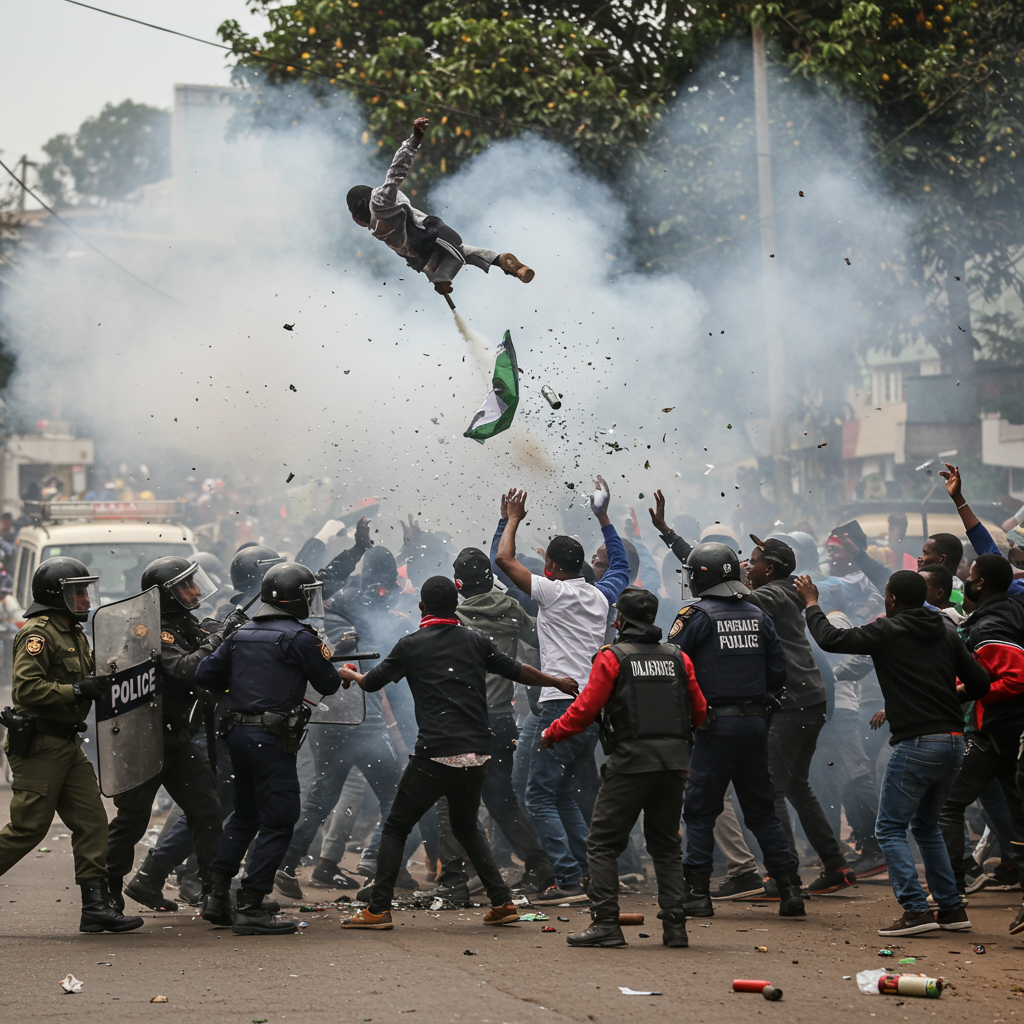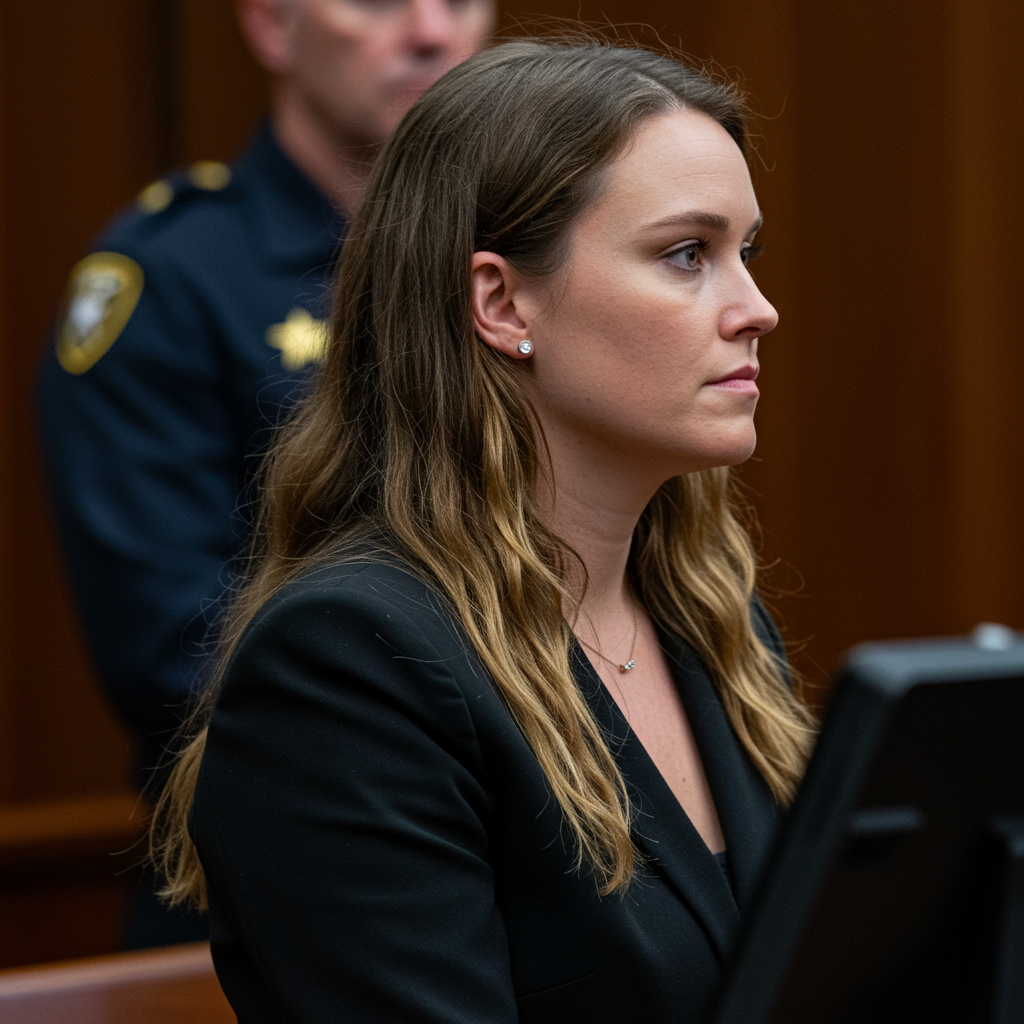Deadly clashes erupted across Kenya on Wednesday as thousands of anti-government protesters faced off against police forces, leaving at least eight people dead and hundreds injured. The nationwide demonstrations marked the one-year anniversary of previous deadly protests against a contentious tax plan, highlighting deep-seated anger at President William Ruto’s government over issues ranging from the high cost of living to accusations of police brutality and poor governance.
Human rights groups and medical associations reported a grim toll from the day’s events. While at least eight fatalities were confirmed, Amnesty Kenya suggested a potential death toll as high as 16. Initial reports indicated over 400 injuries across the country, with 83 people requiring specialized medical treatment and at least eight sustaining gunshot wounds. Among the injured were three police officers.
The protests, largely driven by frustrated young Kenyans often referred to as “Gen Z,” extended beyond the initial tax grievances that fueled last year’s unrest. Demonstrators voiced widespread discontent over rising living costs exacerbated by tax increases, pervasive corruption, and recent instances of police violence, including the death of a blogger in police custody which served as a recent catalyst for renewed public anger. Enforced disappearances targeting government critics also remain a significant source of fear and mistrust towards authorities. Chanting slogans like “Ruto must go” and carrying branches as symbols of peaceful opposition, protesters took to the streets in major cities including Nairobi, Mombasa, Kisumu, Nakuru, and Nyahururu.
In Nairobi, the capital, police deployed heavy force to disperse crowds attempting to march towards key government buildings like Parliament and State House. Officers fired tear gas, water cannons, live rounds, and rubber bullets at protesters. Major roads leading to the city center were blocked with barricades and razor wire, turning parts of downtown Nairobi into zones of conflict amidst shuttered businesses. The fence around the Parliament building became a poignant reminder of last year’s violence, adorned with wreaths and notes commemorating those who died.
The demonstrations evoked chilling parallels to the protests a year prior, which saw over 60 fatalities and dozens abducted, interrogated, and tortured, according to activists. Last year’s unrest included demonstrators storming Parliament, leading to military deployment after police were accused of opening fire on crowds.
Amidst the clashes, President Ruto, speaking at an event outside the capital, urged protesters to refrain from threatening peace and stability, emphasizing the shared responsibility for national safety. His government had initially attempted to ban live television and radio coverage of the protests, a move widely condemned by media and human rights groups as illegal and arbitrary. However, the High Court in Nairobi swiftly suspended the ban, ordering broadcasters to restore their signals and underscoring the importance of media accountability during such events.
Despite the government’s efforts to suppress the demonstrations and control the narrative, the nationwide protests laid bare the persistent anger and demands for fundamental change from a population feeling ignored and let down by its leadership.




